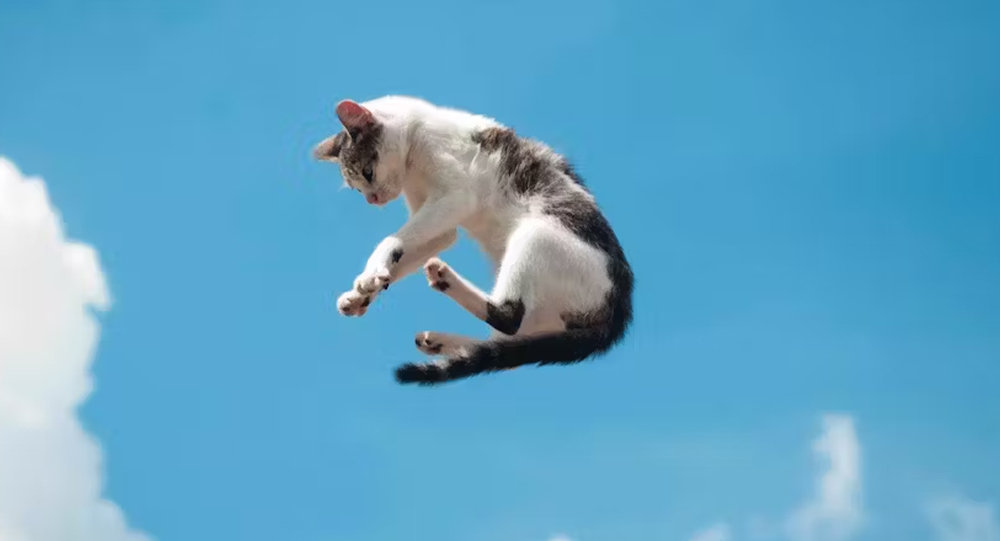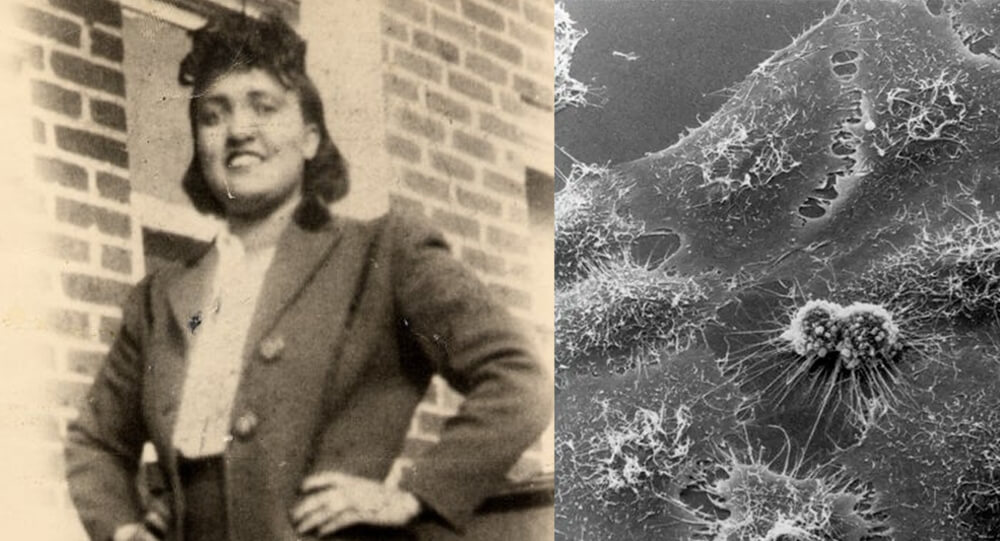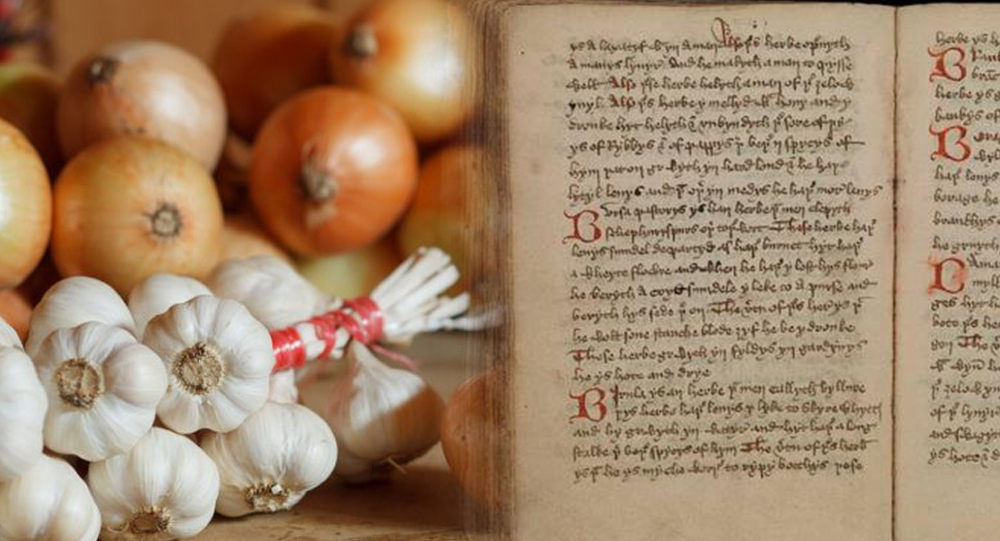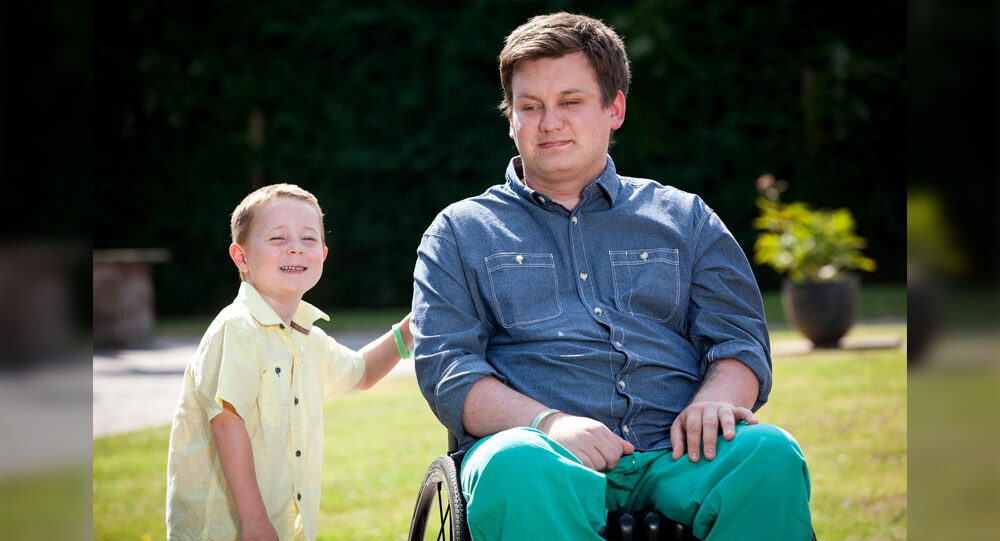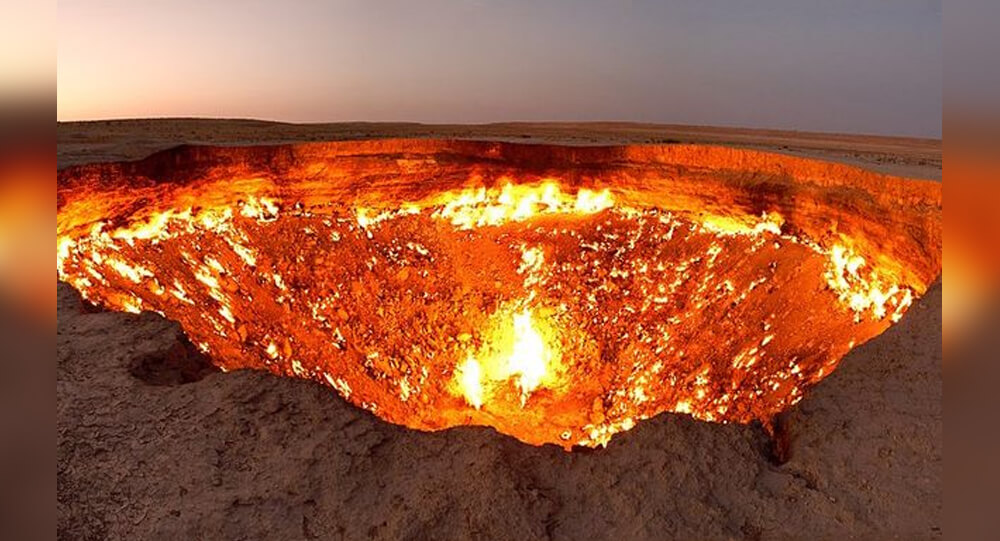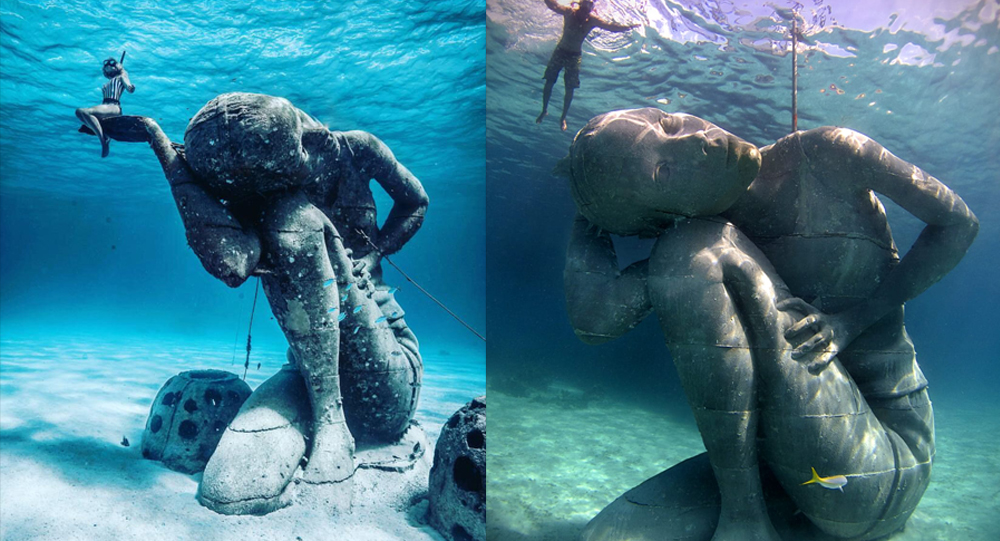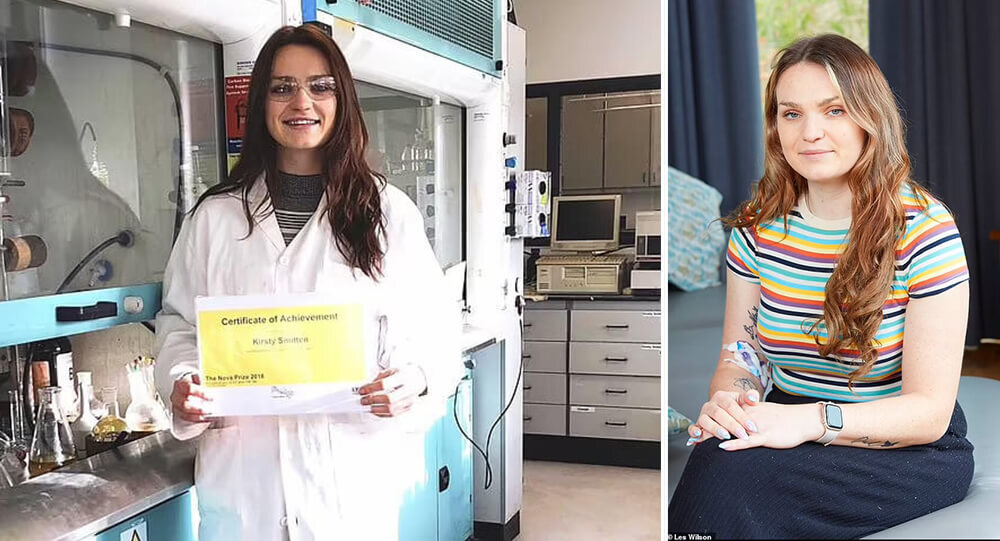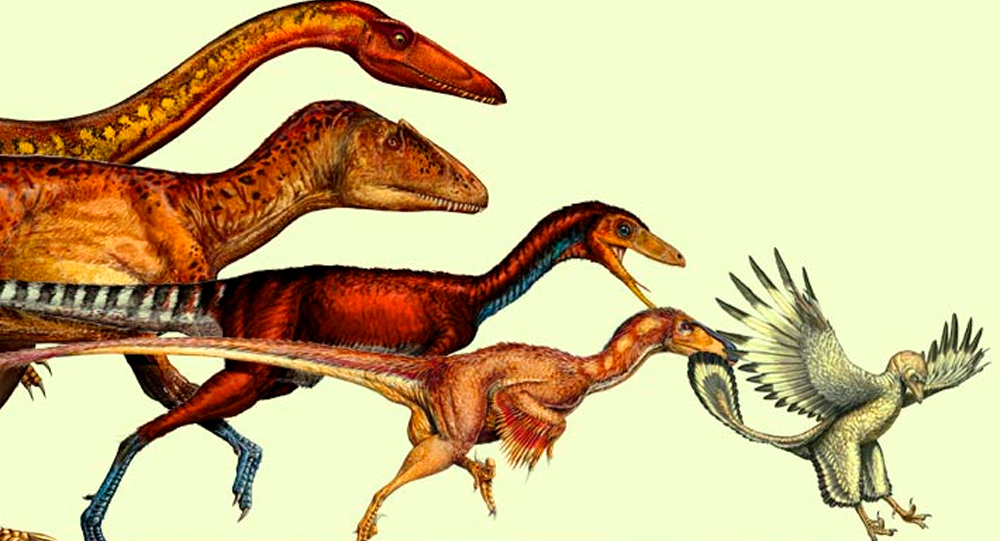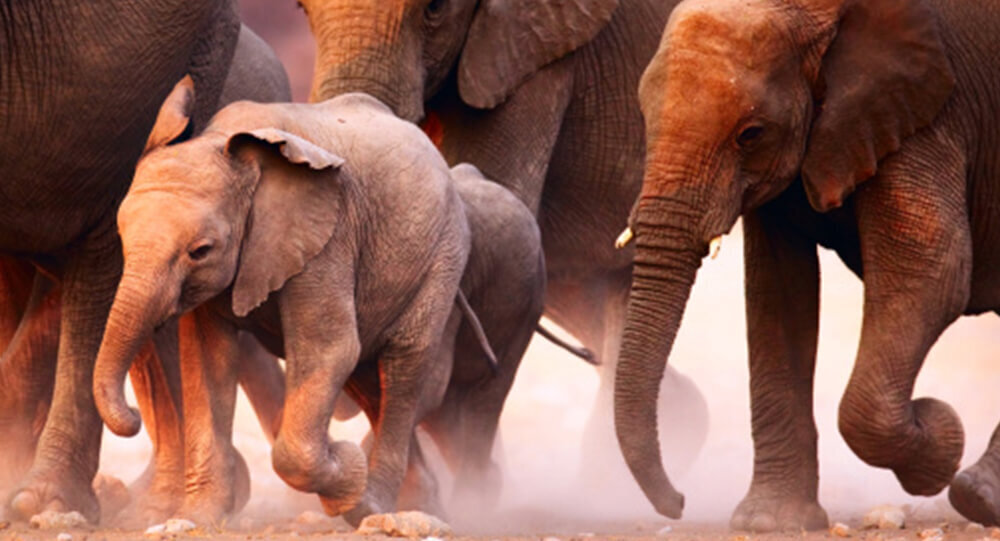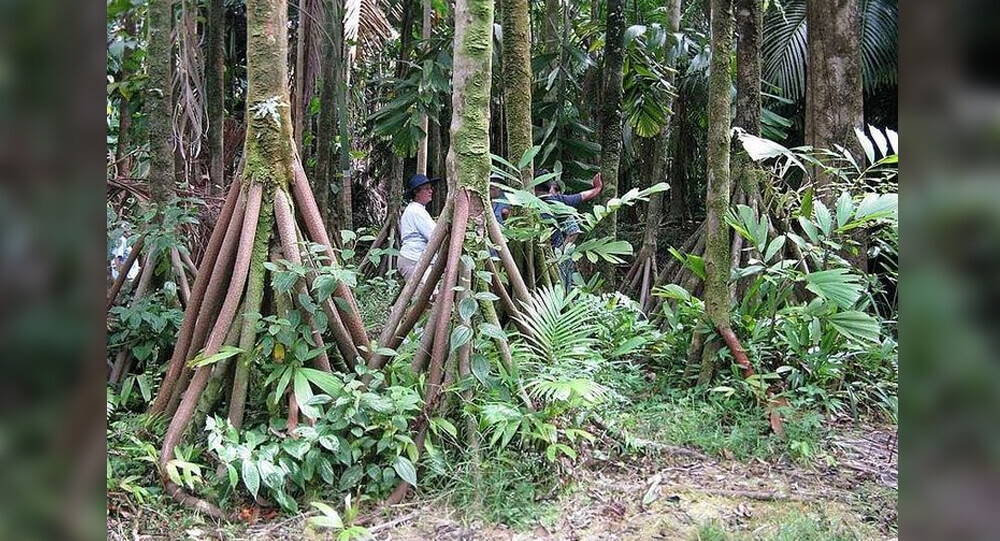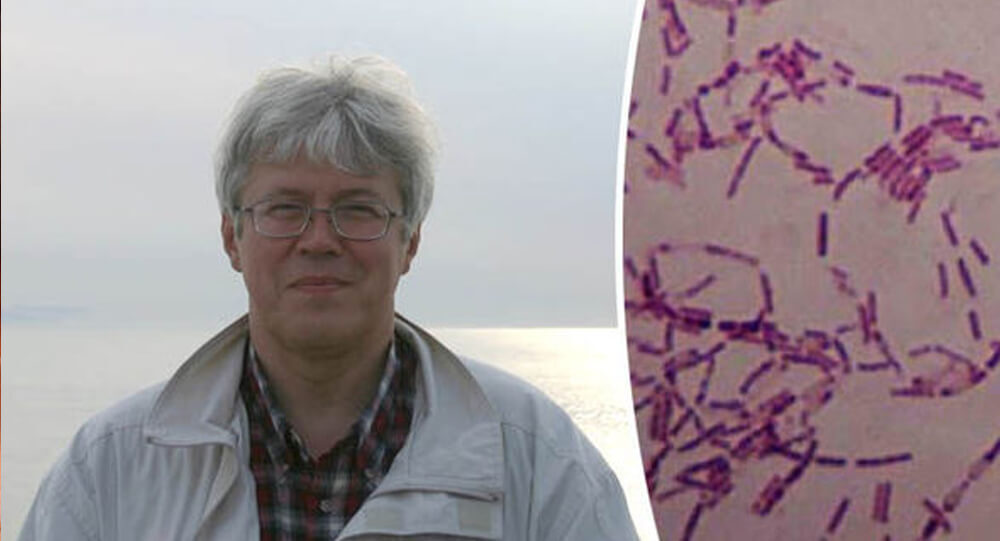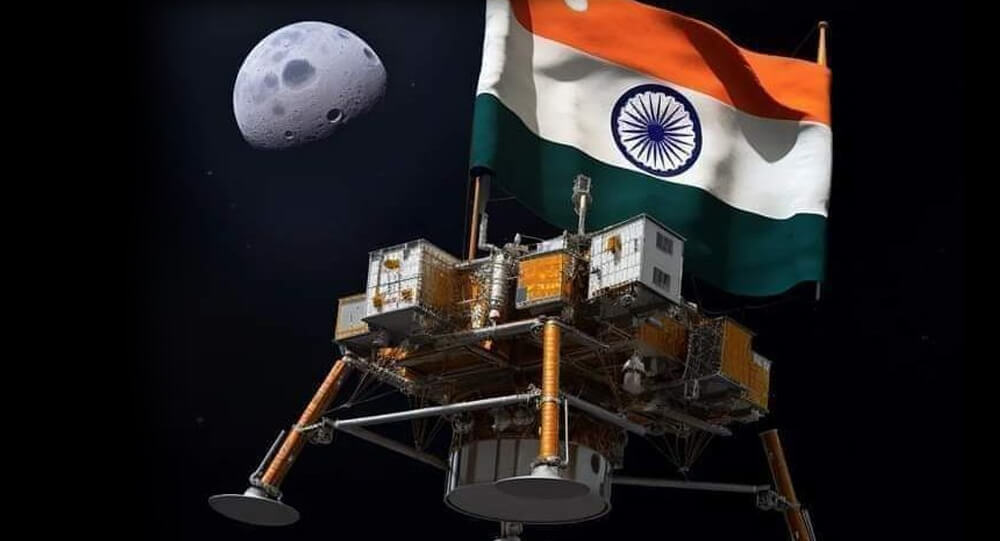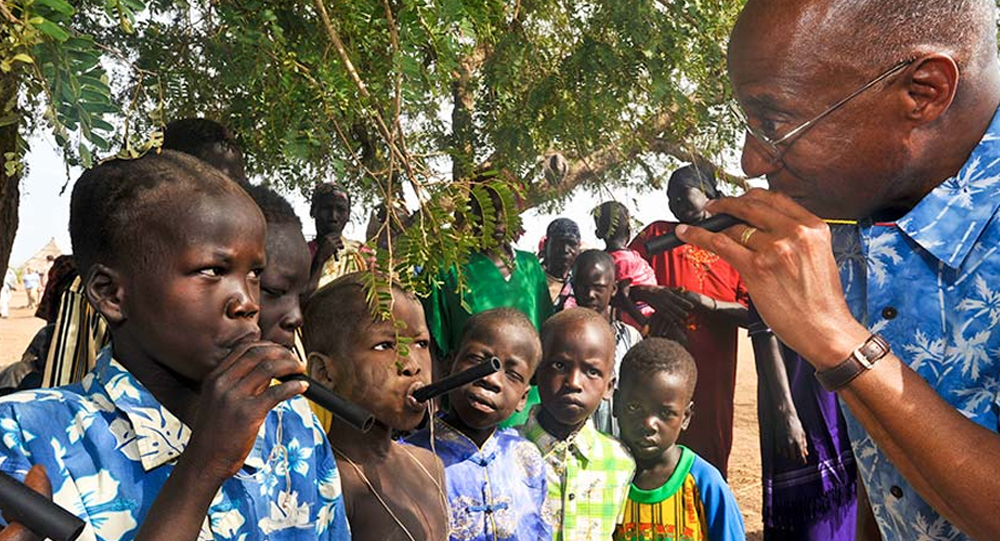

Dr. Donald Hopkins: From Smallpox Eradication to Near-Ending Guinea Worm Disease
Few public health figures have left as profound a mark on global disease eradication as Dr. Donald R. Hopkins. A veteran of some of the most ambitious health campaigns in history, Hopkins was instrumental in the eradication of smallpox—the only human disease ever completely wiped out. Today, he stands on the brink of achieving a similar feat with Guinea worm disease, having helped reduce its incidence from an estimated 3.5 million cases annually in the 1980s to just 14 human cases worldwide in 2024.
This article traces Dr. Hopkins’ extraordinary career and the relentless global efforts to consign Guinea worm disease to history, underscoring the power of sustained public health work and international cooperation.
Early Career and Smallpox Eradication
Dr. Donald Hopkins began his career in tropical public health with a focus on some of the world’s most challenging infectious diseases. In the late 1960s and early 1970s, he was deeply involved in the global smallpox eradication campaign, working in West and Central Africa. His leadership and expertise contributed to the elimination of smallpox in some of the most difficult regions, an achievement that electrified the global health community and paved the way for the disease’s complete eradication in 1980.
Hopkins’ work during the smallpox campaign included directing vaccination efforts, surveillance, and containment strategies. His experience in these complex field operations established him as a leading figure in public health and tropical medicine.
Transition to Guinea Worm Eradication
After smallpox eradication, Dr. Hopkins continued his commitment to neglected tropical diseases. In 1987, he joined The Carter Center as senior consultant for health programs, later becoming vice president for health programs, and ultimately serving as special advisor for Guinea worm eradication.
Guinea worm disease, or dracunculiasis, is caused by a parasitic worm transmitted through contaminated drinking water. The worm emerges painfully from the skin about a year after infection, causing debilitating symptoms that can incapacitate individuals for weeks. The disease primarily affects impoverished rural communities lacking access to clean water.
When The Carter Center took leadership of the Guinea Worm Eradication Program in 1986, the disease afflicted an estimated 3.5 million people annually across 21 countries in Africa and Asia.
The Strategy for Eradication
Unlike smallpox, Guinea worm disease has no vaccine or effective drug treatment. Eradication efforts have relied on traditional public health measures: educating communities, providing safe drinking water, using simple filters to remove infected water fleas, and containing cases to prevent transmission.
Dr. Hopkins and his team implemented village-based surveillance, health education, and water source protection programs. They worked closely with affected countries, local health workers, and international partners including the World Health Organization, CDC, UNICEF, and the Bill & Melinda Gates Foundation.
Dramatic Decline in Cases
Thanks to these efforts, Guinea worm disease cases plummeted from millions to just a few dozen annually in recent years. In 2020, only 27 human cases were reported worldwide, a 50% drop from the previous year despite challenges posed by the COVID-19 pandemic.
By 2023 and 2024, the number of human cases had fallen even further—to 13 and 14 respectively—concentrated mainly in Chad and South Sudan. This represents a greater than 99.99% reduction since the program’s inception.
Challenges and Animal Reservoirs
While human cases have dramatically declined, animal infections—especially in dogs—have emerged as a new challenge, particularly in Chad. In 2024, over 660 animal infections were reported, mostly in dogs, complicating eradication efforts.
Dr. Hopkins and collaborators are intensifying surveillance and interventions to break transmission in animal reservoirs, recognizing that this is a critical hurdle to achieving complete eradication.
Recognition and Legacy
Dr. Hopkins’ contributions have been widely recognized. He received the James F. and Sarah T. Fries Foundation Prize for Improving Health and an honorary Doctor of Sciences degree from the American Museum of Natural History’s Richard Gilder Graduate School.
His book, originally titled Princes and Peasants: Smallpox in History and later reissued as The Greatest Killer: Smallpox in History, was nominated for a Pulitzer Prize in 1983, reflecting his deep understanding of the historical and social impact of infectious diseases.
The Road Ahead: Nearing Eradication
The Guinea worm eradication campaign is on the cusp of history, poised to make Guinea worm only the second human disease eradicated after smallpox. The recent passage of the “Accelerating the Eradication of Dracunculiasis” resolution by the World Health Assembly underscores global commitment to this goal.
Dr. Hopkins continues to advise and support these efforts, emphasizing the importance of sustained vigilance, community engagement, and international cooperation.
Fun Facts and Trivia
- No Vaccine or Cure: Guinea worm eradication relies entirely on prevention, education, and clean water access.
- Long Lifecycle: The Guinea worm takes about a year to mature inside the human body before emerging painfully through the skin.
- Historic Toll: Before eradication efforts, Guinea worm disease caused immense suffering among some of the world’s poorest populations.
- The Carter Center: Founded by former U.S. President Jimmy Carter, the Center has been a leader in Guinea worm eradication since 1986.
- Animal Hosts: Dogs and other animals can now carry Guinea worm, complicating eradication.
- Smallpox Eradication: Smallpox is the only human disease eradicated so far, declared eradicated in 1980.
- Global Collaboration: The eradication campaign involves WHO, CDC, UNICEF, Gates Foundation, and many national governments.
Conclusion
Dr. Donald Hopkins’ career exemplifies dedication to global health and the power of persistent, well-coordinated public health campaigns. From his pivotal role in eradicating smallpox to leading the near-elimination of Guinea worm disease, Hopkins has helped transform millions of lives.
As the world edges closer to consigning Guinea worm disease to the history books, his work stands as a testament to what can be achieved through science, education, and international partnership. The “miracle” of reducing a devastating disease from millions of cases to mere handfuls is a beacon of hope for future eradication efforts worldwide.

The Physics Behind Why Cats Always Land on Their Feet
Cats have an extraordinary survival skill known as the “righting reflex” that allows them to twist midair and land on their feet, even when dropped upside down. This uncanny ability is made possible by their flexible spine, lack of a functional collarbone, and a combination of biological sensors and physical laws governing motion. Astonishingly, kittens develop this reflex as early as three weeks old, mastering the art of graceful landing that defies everyday expectations. This article unravels the science and mystery behind this feline feat.

Henrietta Lacks: Who Was She? Here's how HeLa cells became necessary for medical research
Henrietta Lacks was died in 1951. The tumor that killed her has been alive and growing to this day. The tumor is immortal and was used to progress the Polio vaccine and is the jumping point for most human cell research to this day. Scientists have grown some 20 tons of her cells.

Woman's memory reset every two hours after traumatic accident
Riley Horner, an Illinois teenager was accidentally kicked in the head. As a result of the injury, her memory resets every two hours, and she wakes up thinking every day is June 11. Riley keeps detailed notes of events happening throughout the day, and sets an alarm on her phone every two hours to remind her to review them. Riley also keeps a calendar in her room to remind her what day it is? As she wakes up every morning confused, thinking it's still June 11.

Medieval Medicine: A 1,000-year-old onion and garlic salve kills modern bacterial superbugs
Scientists recreated an Anglo-Saxon manuscript-based 9th century onion and garlic eye remedy and discovered that it killed 90% of antibiotic-resistant staph bacteria (MRSA).

Woman's transplanted 'man hands' became lighter and more feminine over time
After losing both arms in an accident, an Indian girl received limbs from a male donor. The donor hands, which were formerly huge and hairy, changed skin tone and became thin and feminine over time to mix in with her body.

The Mystery of Canada's Magical Spotted Lake
Lake Khiluk, the world's most mineralized lake, and one of the most mysterious places on Earth. Each of these spots has a distinct chemical content and is said to cure various diseases.

Man gave his stem cell fund to a disabled boy
Dan Black, who was paralyzed in a bike accident, spent four years raising 20,000 for a stem cell treatment that could let him walk again. However, after learning about a five-year-old boy with cerebral palsy, he donated the funds for the boy's medical treatment in order to enable him to take his first steps.

Man discovers he has 3 kidneys after going to doctor for severe back pain
In 2020, a 38-year-old Brazilian man visited his doctor for severe back pain and was shocked to find out that he has three kidneys instead of just two.

The Mystery of the Darvaza Gas Crater: A 50-Year Inferno
Scientists lit a hole filled with natural gas on Fire in 1971, expecting it would burn only for few days. The hole has been burning for the past 48 years & is called "The Door To Hell".

How did Howard Florey discover penicillin
Penicillin was discovered by Alexander Fleming, but he never attempted to turn it into an antibiotic. It wasn't until ten years later that Howard Florey discovered Fleming's obscure paper and understood the mold's potential. Up to 200 million lives may have been saved as a result of Florey's work.

The World’s First Seismograph: How Ancient China Detected Earthquakes 1,800 Years Ago
Over 1,800 years ago, long before modern technology, the ancient Chinese astronomer and inventor Zhang Heng created the world’s first seismograph in 132 AD. This ingenious bronze device could detect distant earthquakes by releasing small balls from dragons’ mouths into toads’ mouths—each indicating a different compass direction. Its historic detection of an earthquake 400 miles away astonished the imperial court and transformed the way societies understood and responded to seismic events.

Mystery of 300-year-old mummified mermaid is being probed
There is a 300-year-old mummified mermaid with 30 centimetres tall and features a human-like head, two hands with what appear to be fingernails, and its lower body that look like a fish tail. The “mermaid mummy” is being probed by Japanese scientists in an attempt to unravel the mystery of its existence.

Ocean Atlas: Exploring the World’s Largest Underwater Sculpture in the Bahamas
On the western coast of New Providence in Nassau, Bahamas, there is a tourist attraction that you can dive down to see. Called Ocean Atlas, this is the largest single underwater sculpture ever installed. It depicts a local Bahamian girl carrying the weight of the ocean, in reference to the Ancient Greek myth of Atlas holding up the heavens.

A 28-year-old scientist could win a Nobel Prize for creating new class of antibiotics
A 28-year-old scientist could receive the Nobel Prize for developing a new class of antibiotics that fight drug-resistant bacteria, but she only has months to live after being diagnosed with incurable heart cancer, and she says "There aren't words to express how sad I feel' about not seeing award."

George Dantzig solved two famous “unsolved” problems in statistics mistakenly as assignment
In 1939, George Dantzig arrived late to his statistics class. On the board were two famous “unsolved” problems in statistics written as an example by his professor. Dantzig mistook the examples for homework assignments. He solved the “unsolved” problems and submitted the homework to his professor a few days later. His solutions earned him a doctorate.

The Science Behind Pigeons in Cancer Detection and What It Means for Medicine
In a groundbreaking study, researchers have discovered that pigeons can be trained to distinguish between cancerous and non-cancerous tissues in medical images with accuracy rivaling that of human experts. This surprising capability opens new avenues for understanding visual perception and has potential implications for improving diagnostic tools in medicine. Here is the fascinating science behind pigeons’ ability to spot cancer and what it signifies for the future of medical imaging.

The Evolution of Flight: From Dinosaurs to Birds – A Journey Through Time and Science
Flight is one of nature’s most remarkable adaptations, but its origins trace back millions of years before modern birds took to the skies. Emerging from theropod dinosaurs during the Jurassic period, birds evolved feathers, wings, and lightweight bodies that enabled powered flight. This detailed narrative explores the fascinating evolutionary path from ground-dwelling dinosaurs to the aerial masters of today, blending science, intriguing fossil finds, and surprising trivia about our feathered ancestors.

The Mystery of the Dancing Forest: Reasons behind the unusual wonders of forest
The Dancing Forest in Russia is noted for its unusually twisted pine trees. The trunks of these trees are contorted into spirals, rings, and other squiggly loops, but the reason for this malformation is still a mystery.

The extraordinary case of Olivia Farnsworth, who hit by a car and dragged down the street without pain because of chromosome 6 deletion
In 2016, 7-year-old Olivia Farnsworth was hit by a car and dragged down the street, but she did not feel a thing. That is because of a rare condition called “chromosome 6 deletion,” which causes her to feel no pain. She also does not experience hunger or exhaustion.

Earthquakes: Can Animals Really Predict Them?
In 1975, when officials in the Chinese city of Haicheng were alarmed by odd and anxious behaviors of dogs and other animals. These observations led them to order 90,000 residents to evacuate the city. Only a few hours later a 7.3 magnitude earthquake destroyed nearly 90% of the city’s buildings.

The Accidental Birth of Super Glue: Dr. Harry Coover's WWII Discovery
Dr. Harry Coover was trying to develop clear plastic for gun sights during WWII when he accidentally created cyanoacrylate, an extremely strong adhesive. Initially dismissed, it was later marketed as Super Glue in the 1950s.

The “Walking” Palm, tree species can walk up to 65 feet each
This tree species can walk up to 65 feet each year to find the best habitat to live in.

Scientist injects himself with 3.5m yr old bacteria for immortality and amazing happens
Russian scientist injected himself with a 3.5 million-year-old strain of bacteria, just to see what would happen. According to Brouchkov, Bacillus F has a mechanism that has enabled it to survive for so long beneath the ice, and that the same mechanism could be used to extend human life, too.

India's chandrayaan-3 becomes the first landed craft on moon's south pole
India's chandrayaan-3 becomes the first land craft on moon's south pole. It landed safely on August 2023

The story of Lionel the Lion-Faced Man, Stephan Bibrowski
Stephen Bibrowski, also known as Lionel the Lion-faced Man, was a well-known sideshow entertainer. His entire body was covered in long hair, giving him the appearance of a lion; this was most likely due to a rare condition known as hypertrichosis. Lionel traveled to the United States in 1901 and began performing with the Barnum and Bailey Circus.
